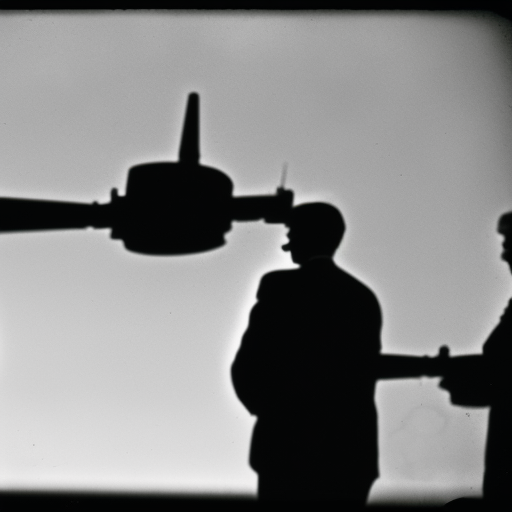Potsdam Conference: The Post-War Summit
The Potsdam Conference was a meeting of the leaders of the Allied powers held in Potsdam, Germany, from July 17 to August 2, 1945. The conference aimed to discuss the post-war settlement of Europe and the ongoing war against Japan. The three main participants were the leaders of the United States, the Soviet Union, and the United Kingdom: President Harry S. Truman, General Secretary Joseph Stalin, and Prime Minister Winston Churchill (later replaced by Clement Attlee).
The Context: The End of World War II
The Potsdam Conference took place shortly after the end of World War II in Europe. The defeat of Nazi Germany had left a power vacuum in Europe, and the conference sought to address the political, economic, and territorial issues that arose as a result. Additionally, the war against Japan was still ongoing, and the conference aimed to coordinate the Allied efforts in the Pacific.
Main Agreements and Decisions
The Potsdam Conference resulted in several important agreements and decisions that shaped the post-war world. One of the key outcomes was the division of Germany into four occupation zones, each controlled by one of the Allied powers: the United States, the Soviet Union, the United Kingdom, and France. Berlin, the German capital, was also divided into four sectors, despite being located within the Soviet zone.
Another significant decision made at the conference was the establishment of the International Military Tribunal to prosecute war criminals. This led to the subsequent Nuremberg Trials, where high-ranking Nazi officials were held accountable for their actions during the war.
The conference also addressed the issue of reparations. The Soviet Union demanded significant reparations from Germany, which led to the dismantling and removal of industrial equipment from the Soviet zone. This caused economic hardships for the German population and strained relations between the Soviet Union and the other Allies.
The Atomic Bomb and Japan
During the Potsdam Conference, the United States informed the Soviet Union of its successful atomic bomb test. This revelation had a profound impact on the conference discussions regarding Japan. The Allies issued the Potsdam Declaration, calling for Japan’s unconditional surrender. However, the Soviet Union’s entry into the war against Japan on August 8, 1945, further complicated the situation.
The Legacy of the Potsdam Conference
The Potsdam Conference marked a turning point in international relations and the post-war order. It solidified the division of Europe into the Western and Eastern blocs, which would define the Cold War era. The conference also laid the groundwork for the subsequent establishment of the United Nations, which aimed to prevent future conflicts and promote international cooperation.
However, the Potsdam Conference did not resolve all the issues it sought to address. The division of Germany and Berlin would later lead to the Berlin Blockade and the construction of the Berlin Wall. The conference also failed to reach a comprehensive agreement on the issue of reparations, leading to ongoing tensions between the Soviet Union and the Western Allies.
In conclusion, the Potsdam Conference was a crucial event in shaping the post-war world. It addressed the political, economic, and territorial challenges that arose after World War II and laid the foundation for the division of Europe and the subsequent Cold War. While it achieved some important agreements, it also left unresolved issues that would continue to shape international relations in the years to come.












